
With the gradual decrease in the pandemic, there is a gradual resurgence in the global demand for cinema visits. In recent years, as audience expectations for audio-visual experiences have risen, LED display screens, offering superior visual performance, have gained popularity in the film industry. They are increasingly favored by more high-end cinemas to meet the growing demand for enhanced viewing experiences.
In cinemas, mainstream display technologies are currently divided into three directions: traditional projection, laser projection, and LED display. The majority of cinemas still utilize traditional projection technology, which falls behind laser projection and LED screens in terms of color reproduction, contrast, 3D effects, and other display characteristics. Clearly, to meet the growing demands of audiences, traditional projection technology is showing signs of weakness. Many mid- & high-end cinemas are turning their attention to technologies that offer superior display effects.
AOTO Electronics, keenly recognizing this market demand, has adeptly responded by independently developing LED cinema display technology. Successfully passing international DCI certification, it has also gained favor from China Film Group, establishing a long-term cooperation in mainland China.
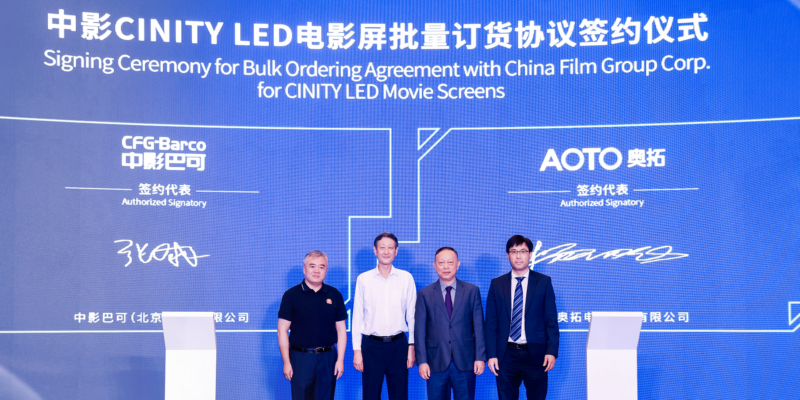
1. Superior Visual Performance
Higher Resolution
AOTO LED cinema display technology effortlessly achieves a 4K high resolution, providing 4 times the clarity of traditional projection technology (2K). This capability not only allows for larger screens but also presents richer details, delivering a more impactful and lifelike cinematic experience for the audience.

High Frame Rate Technology
Traditional projection technology often encounters motion blur when playing high-dynamic scenes due to insufficient frame rates (e.g., 24 frames motion blur). However, AOTO’s proprietary LED cinema technology supports up to 120 frames in 2D, delivering a more immersive cinematic experience with a crystal-clear view of high dynamic details.
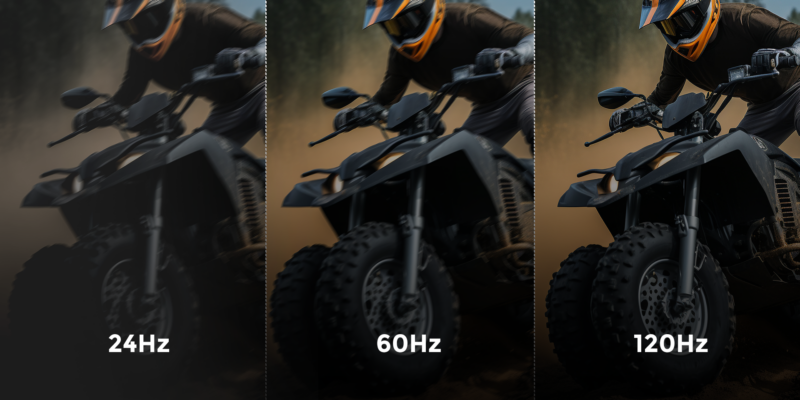
300NITs High Brightness
Traditional projection technology often falls short in brightness, making the displayed content susceptible to interference from external light sources. This is why cinemas typically dim all ambient lights when starting a movie. AOTO’s LED cinema screen easily achieves 300nits, surpassing the brightness of regular global cinemas by six times. Not only is it less affected by external light sources, but it also provides audiences with enhanced HDR effects, immersing them in the authentic experience of a sunset gradually fading away.

Enhanced 3D Display Performance
The principle behind 3D display involves creating two sets of images, polarizing them through 3D glasses, and then transmitting them separately to the left and right eyes of the audience. The brain automatically synthesizes these images to produce the final 3D effect. Traditional cinemas require a frame rate of at least 48Hz (24Hz per eye) to achieve 3D effects. However, AOTO’s LED cinema technology can achieve 72Hz per eye (tripled from 24Hz), providing a smoother and clearer 3D experience. Moreover, due to the sixfold brightness of AOTO’s LED cinema screen compared to traditional projection, the brightness of each eye’s image transmitted to the audience is also higher. This reduces 3D crosstalk (where the left eye’s image is partially received by the right eye), resulting in a cleaner and more realistic display.
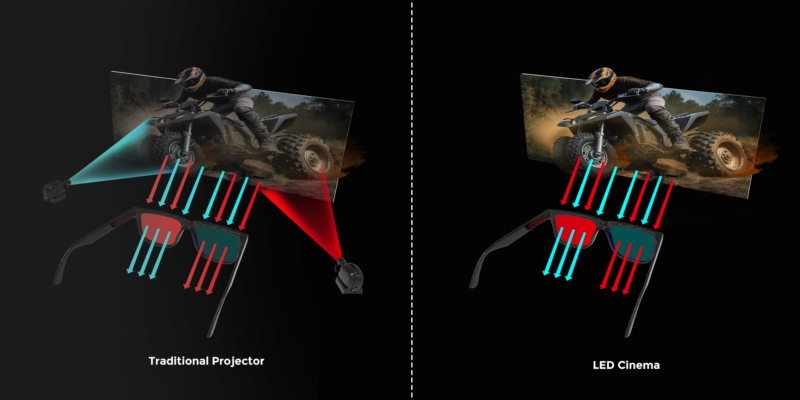
Higher Contrast Ratio
Projection imaging technology relies on projecting onto a silver screen, causing traditional projection technology to fall significantly short in terms of contrast compared to self-illuminating LED displays. AOTO LED displays can achieve a contrast ratio far exceeding traditional projection technology by several dozen times. This capability enhances the brightness of highlights and the darkness of shadows, delivering a realistic display of light and shadow.
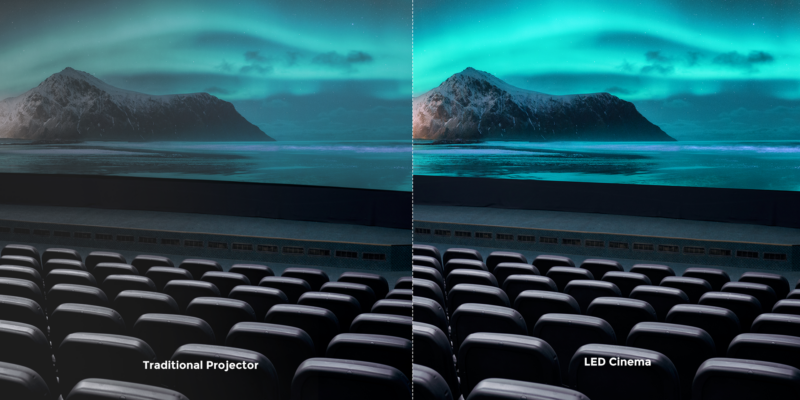
Extended Color Gamut
AOTO’s LED cinema screens adhere to the DCI-P3 color gamut standard, reproducing vibrant colors that traditional cinema cannot achieve. The wider color gamut accurately replicates the world as seen by the human eyes, enhancing the immersive experience of movies.
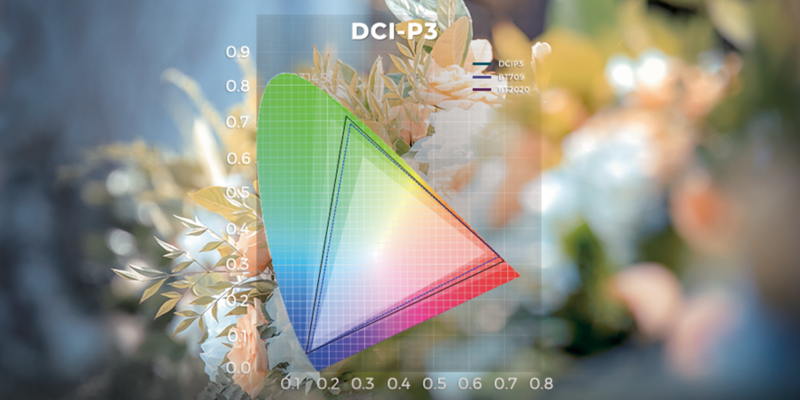
2. Security and Anti-Theft Concerns
Security and anti-theft measures are paramount for cinemas. In contrast to projection technology, LED displays receive signals directly from the movie’s source video. If a newly released film is subject to theft during playback, both the cinema and the film production company could incur substantial losses.
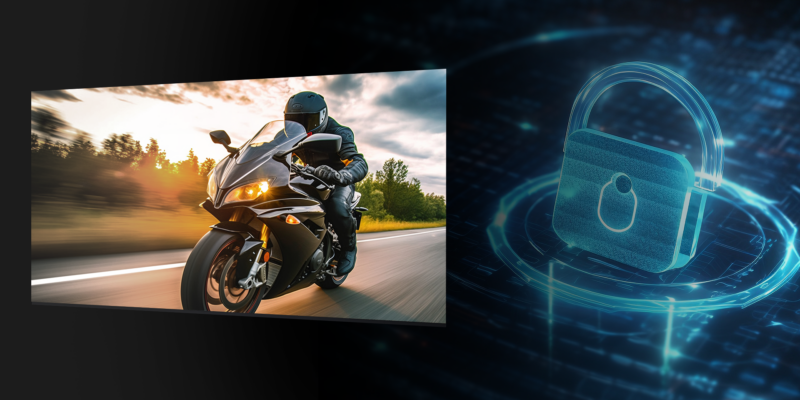
Complete Hidden Circuit Design
AOTO LED cinema screens address this critical user concern by imposing stringent requirements on circuit design. Under no circumstances should the product expose any circuit from any viewing angle, preventing unauthorized individuals from directly or indirectly accessing video source signals. This safeguards against the theft and alteration of content on the large screen.
Not only are the circuits invisible from any angle, but AOTO also conducts relevant technical tests. Using tools to partially dismantle the product at various angles, attempts are made to pry open localized structures to observe whether circuits are visible. If circuits are exposed, immediate optimizations are made to ensure that even if a section of the product is pried open, the structure still conceals the circuits, preventing them from being seen or accessed.
In response to user concerns, AOTO Electronics has applied for relevant LED anti-peeping technology patents. The anti-peeping technology for the lower crossbeam has successfully obtained certification. This certificate verifies that AOTO’s LED cinema display technology not only achieves absolute anti-peeping in the product phase but also accomplishes a wire-free design in local frameworks, leaving no room for exploitation by unauthorized individuals.
3. Health & Comfort Cinema
In addition to achieving superior display performance, AOTO LED cinema display technology also prioritizes the overall viewing experience for the audience, ensuring that viewers can enjoy the optimal cinematic experience:
Low Blue Technology
In electronic devices, the most critical aspect of eyes protection is mitigating blue light. Blue light has the shortest wavelength and the highest energy in the visible light spectrum. Prolonged use of electronic devices, especially during a lengthy movie that may last for up to two hours, could cause eyes damage. AOTO LED cinema screens achieve an exemption-level low blue light emission, significantly below harmless standards. This ensures that even during extended viewing, audiences would not experience eye fatigue or discomfort, prioritizing the protection of viewers’ eyesight.
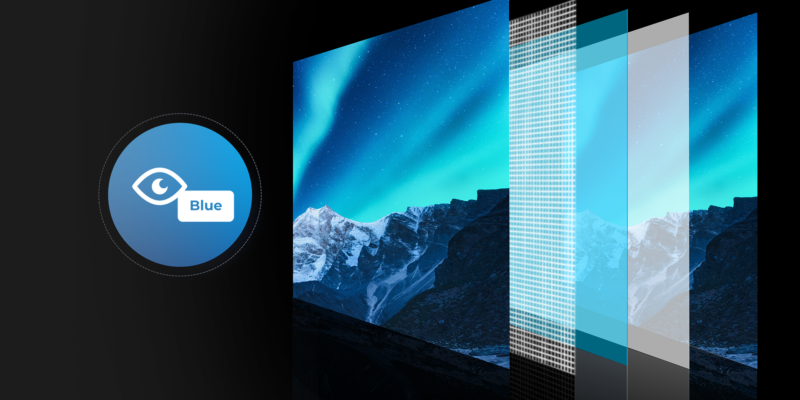
Cold Screen Technology
During the operation of electronic devices, the overall indoor temperature may increase due to heat dissipation characteristics. If the screen emits too much heat during the viewing process, it can lead to excessively high temperatures in the entire cinema hall, significantly reducing the user’s viewing experience. AOTO LED cinema screens are equipped with AOTO Cold Screen Technology. Through energy-saving techniques, the screen can operate at lower temperatures, ultimately achieving a cold screen effect. This allows the indoor temperature to approach the optimal human temperature, providing a more comfortable viewing experience.
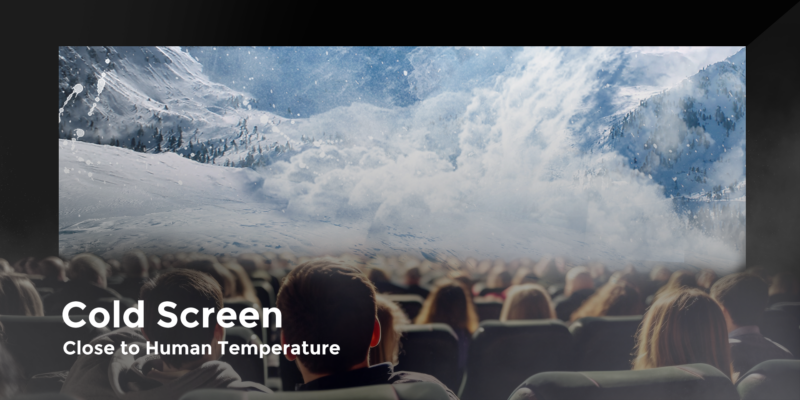
AOTO Electronics is steadfastly advancing on the path of technological research and development. With a core focus on customer needs, AOTO continuously meets the growing demands of its customers through independent technical innovation. In the LED cinema screen market, AOTO has achieved recognition from China Film Group, fostering a collaborative development to better support the rapid growth of this market.
Further information from AOTO: www.aoto.com


